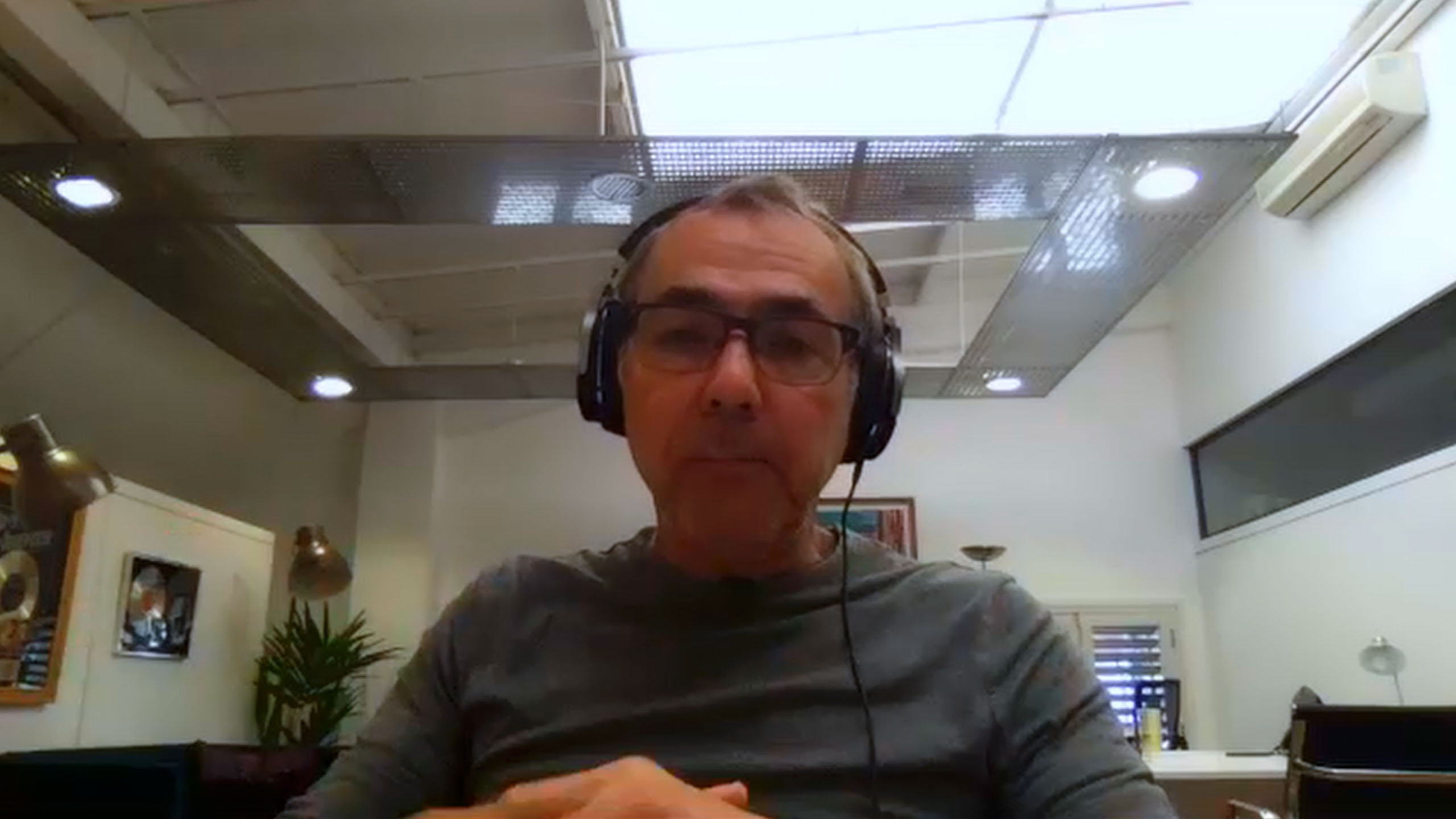
How Recording Contracts are Changing
Former Chairman and CEO, Sony Music, UK
inpractise.com/articles/record-deal-terms
Why is this interview interesting?
- Typical artist / label commercial terms and how terms are changing
Nick Gatfield
Former Chairman and CEO, Sony Music, UK
Interview Transcript
Let’s say, going back to 2001 when you signed Amy Winehouse or a typical deal like that? How did the commercial terms work?
There were certain points and deal points, back then, that were sacrosanct. You always had to sign an artist for life of copyright, in perpetuity. In effect, that gives you ownership of those copyright forever. Generally, you would have to sign an artist for a minimum of five albums, all on option. You commit to making one album, but then you would have the option for another four or five. Frequently, it would go up to six albums, on option. The royalty rate, for physical, was 18% or 19%, in that kind of range. That was the traditional, regular deal.
What has been eroded over the period of the last 10 plus years is that smart lawyers now go, we’re playing off the competition. There are three majors in play and they are all competing, largely, for the same content. We’re not going to give you life of copyright; we’ll give you term plus 15 years, so this will revert back to the artist. Your physical royalty rate was predicated on the fact that there was a packaging deduction, a shipping cost, so on digital, we want 25% plus and we want upticks built into that, based on sales success. Margins are being eroded.
Yes, there are still deals done which are in perpetuity and there are still deals where the royalty is at that kind of level, but artists are now looking at alternatives. They can say, okay, if I can find a relationship with an audience, if I can create heat in the marketplace, at a low level, that means that there is a value of a major. The value of a major may well be that they are very good at throwing gas onto the fire, but not great at starting the spark. If I can create the spark, then I go to a major to throw gas on it, but I can do it under my terms. I can negotiate a deal which is going to be favorable to me. That’s where the marketplace is, in my experience. Yes, of course, there are anomalies that every major will point to and say, look, we created this thing from nothing. But by and large, there is a whole disintermediation between the artist community and the traditional label relationship.
I actually think that is a healthy thing. The fastest growing segment of the music business today is in independent release. That is not independent labels; that is independent artists, releasing through third-party aggregators.
That’s the Jorja Smith example?
That’s the Jorja Smith route. The argument on the reverse of that, pro-major, is that majors will say, you tell us a handful of global superstars that have come through this route. They’re right; there are next to none. Let me give you an analogy when looking at the music business. It’s like the movie business; Sony Pictures are great at making blockbusters; they are great at making Spiderman franchise movies. The same applies to Disney, with Marvel; they are brilliant at it, because it requires a huge budget investment, a massive, $100 million plus marketing budget and it demands global understanding and global reach. But they’re not very good at creating and inventing a new franchise. Invariably, that happens through small incubators or management companies or smaller labels.
So majors serve a purpose, but they serve a purpose in that artists can say, I’ve done the hard work for myself and I now need someone to really take it to the next level and throw some gas on the spark I have created. That’s good and that’s why majors will continue to exist. But the pressures will be constantly on them about how they maintain their margins, how do they keep building the catalogue when rights revert back to the artist? My view is, there almost needs to be a two-tier system in the majors. There needs to be a proper incubation type system, where we do really go in and provide a proper suite of services around very, very early-stage artists.
Copyright Notice
This document may not be reproduced, distributed, or transmitted in any form or by any means including resale of any part, unauthorised distribution to a third party or other electronic methods, without the prior written permission of IP 1 Ltd.
IP 1 Ltd, trading as In Practise (herein referred to as "IP") is a company registered in England and Wales and is not a registered investment advisor or broker-dealer, and is not licensed nor qualified to provide investment advice.
In Practise reserves all copyright, intellectual and other property rights in the Content. The information published in this transcript (“Content”) is for information purposes only and should not be used as the sole basis for making any investment decision. Information provided by IP is to be used as an educational tool and nothing in this Content shall be construed as an offer, recommendation or solicitation regarding any financial product, service or management of investments or securities.
© 2025 IP 1 Ltd. All rights reserved.


